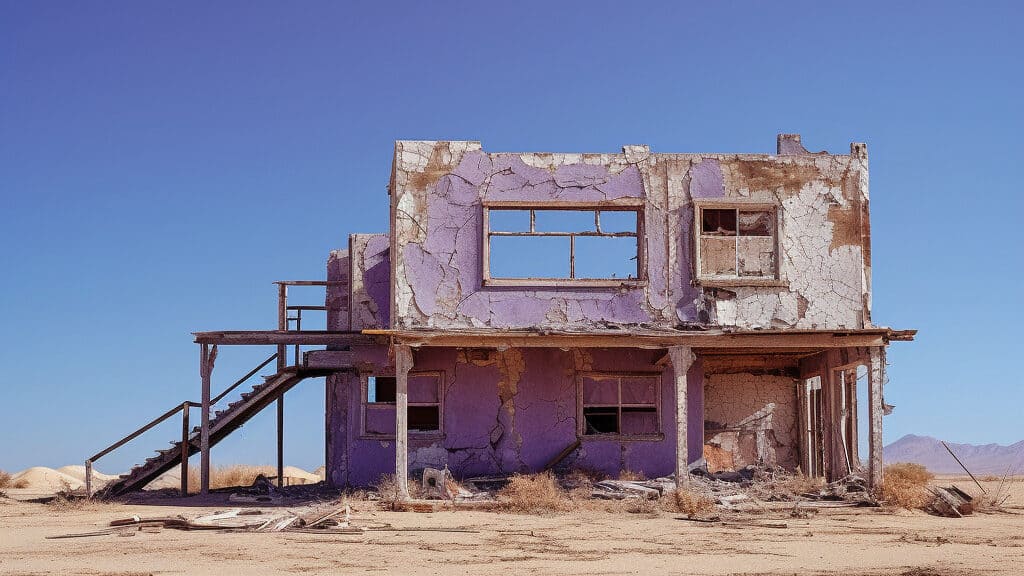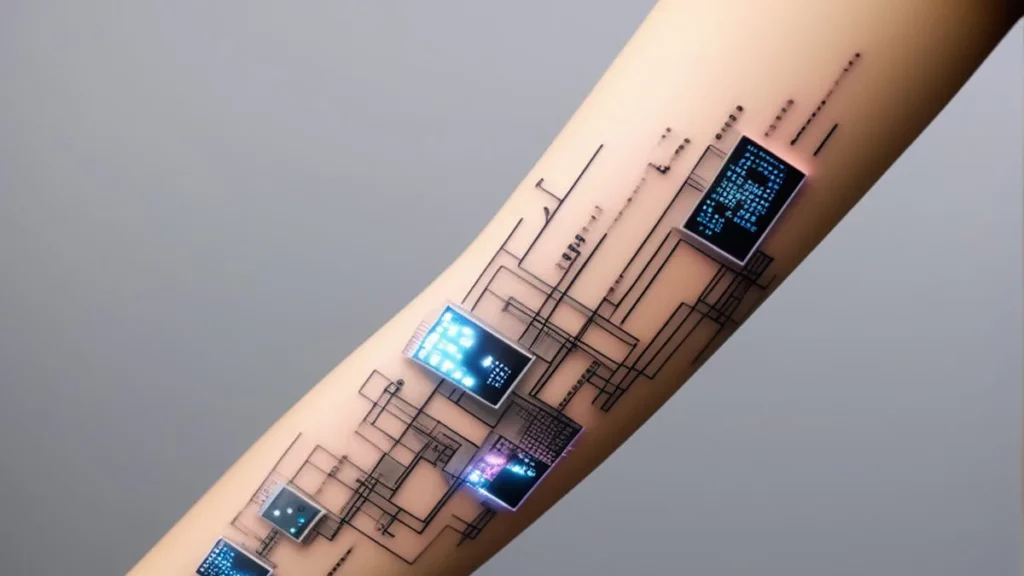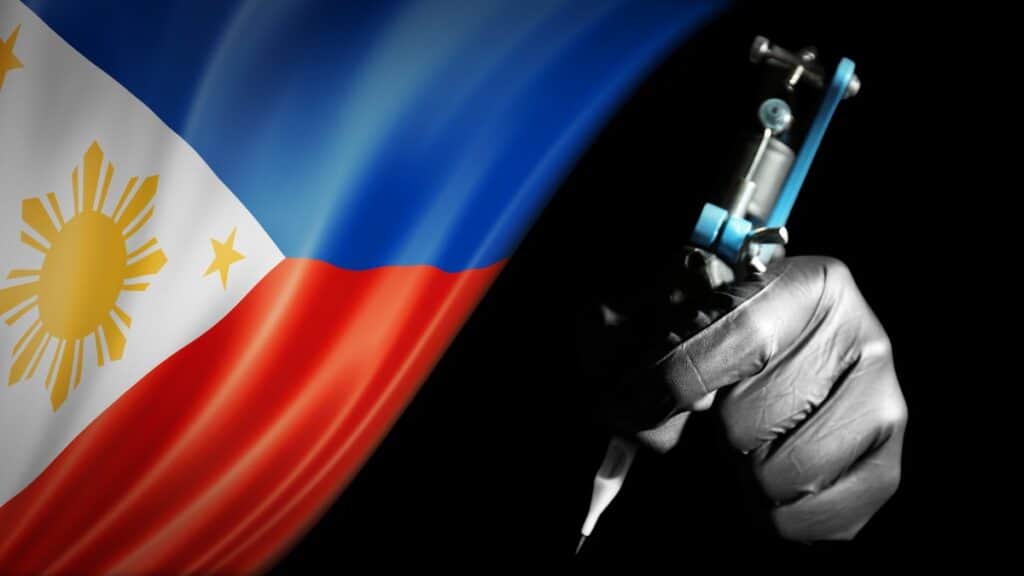Delve into Loïc Vendrame’s remarkable photo series “Future Rust, Future Dust” as it shines a light on modern ruins.
Key Takeaways
- French photographer Loïc Vendrame’s long-term project, "Future Rust, Future Dust," documents the decaying infrastructures often overshadowed by architectural marvels.
- Vendrame combines his background in geography with a keen eye for photography to explore the dynamics of urban and suburban landscapes.
- His work addresses critical issues like economic crises, real estate bubbles, and public wastage, all framed within the context of modern ruins.
A Tale of Two Worlds: The Landscape Behind the Lens
We’ve all experienced it: one moment, you’re marveling at a breathtaking cathedral or grand palace, camera in hand to capture the beauty that’s been immortalized by thousands before you. The next moment, you’re whisked away on a tour bus and suddenly the view shifts. The majestic scenery gives way to dilapidated structures, heaps of rubble, and the disheartening sights of abandoned projects. This is where Loïc Vendrame, the French photographer and geographer, trains his lens, capturing the hidden stories these forsaken places tell.
Delve into Loïc Vendrame’s remarkable photo series “Future Rust, Future Dust” as it shines a light on modern ruins.

The Nexus Between Geography and Photography
Born in 1989, Vendrame’s journey into photography was self-taught, heavily influenced by his academic background in geography. His fascination revolves around the dynamics of cities, the periphery, and most importantly, the interaction between human beings and their immediate surroundings. “My work is essentially a study of the relationship between humans and their territories,” he explains. He elaborates on his unique approach, “I’ve been focusing my lens on various landscapes—urban, suburban, and those popular tourist spots, all with a monographic slant influenced by the New Topographics movement.”
The Genesis and Journey of “Future Rust, Future Dust”
The “Future Rust, Future Dust” series kicked off in 2016, and Vendrame’s passion has taken him globetrotting from Taiwan to Turkey, capturing economic downturns frozen in concrete and steel. “I often found myself questioning the prevalence of these decaying structures alongside tourist destinations,” Vendrame says. According to him, the 2008 financial crisis was a tipping point that left an indelible mark on landscapes across the world.
Dissecting the Root Causes
These modern ruins are more than just eye-sores; they’re a living, albeit decaying, commentary on economic mishaps and societal choices. “Different factors like the bursting of real estate bubbles, local corruption, economic downturns, and bankruptcy contribute to these concrete relics,” he points out. Countries like Spain and Greece often come under the scanner for this, but Vendrame pushes the boundaries by exploring less-discussed landscapes, asking, “What impacts have these economic downturns had elsewhere?”
An Archaeological Perspective on Modern Struggles
The series serves as a poignant historical record, like an archaeological dig through the challenges of modern times. It catalogues everything from ghost cities and failed tourism projects to infrastructures that never saw the light of day. “These structures are more than just crumbling edifices; they’re testimonies to wasted public resources and ecological disasters,” says Vendrame.
Through “Future Rust, Future Dust,” Vendrame exposes not just the frailty of our economies, but also of our collective social and ecological conscience. These ruins stand as silent but powerful indicators of our disconnect with nature and, perhaps more grievously, with the humane aspects of development and progress. So the next time you’re snapping photos of an iconic landmark, remember that just down the road, another form of history is being written—a history that Loïc Vendrame is tirelessly documenting for the world to see. You can experience the full gravity of his work on his portfolio website.








